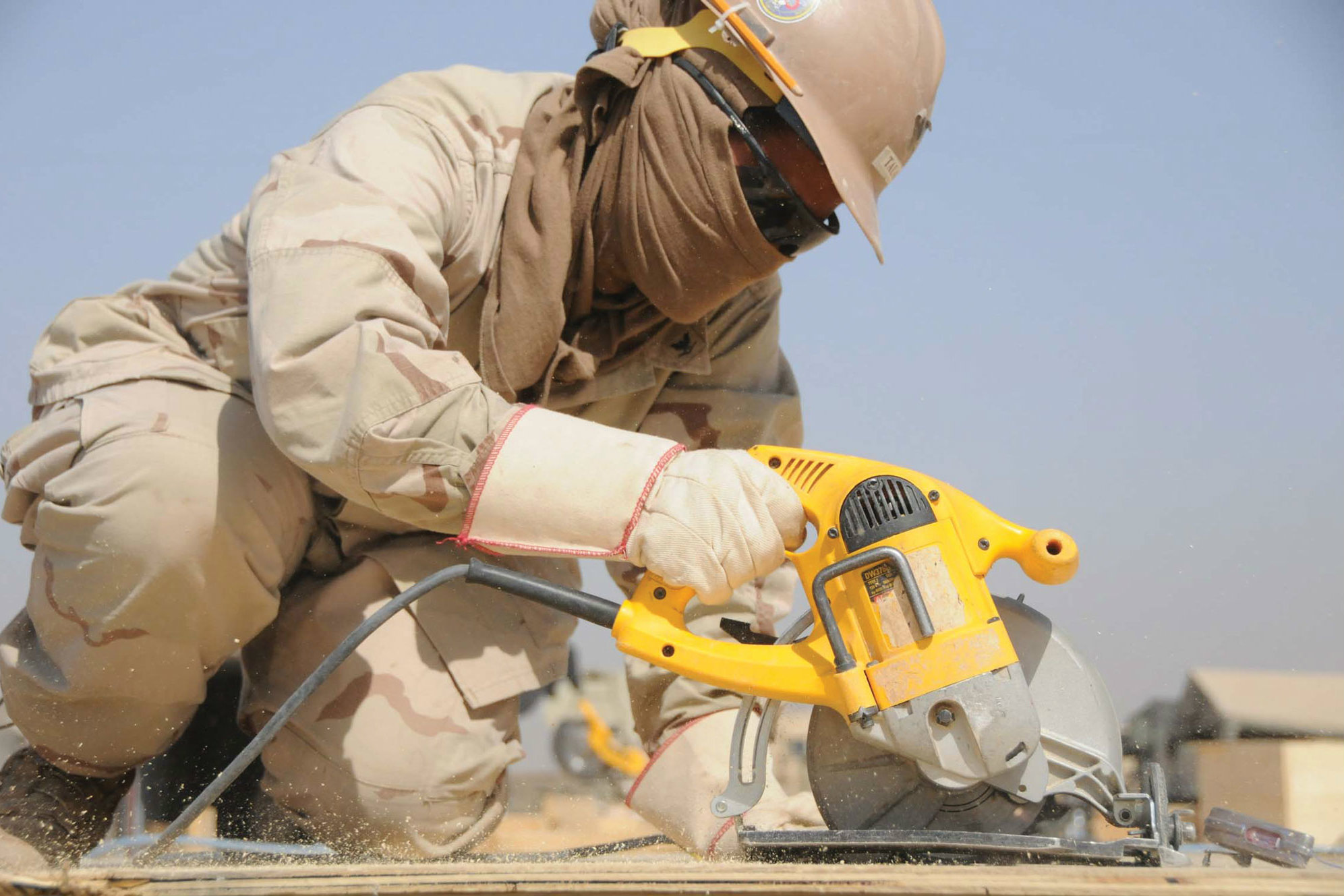The U.S. Department of Labor’s Occupational Safety and Health Administration recently announced updated regulations regarding workers’ exposure to respirable silica dust.
The permissible exposure limit has been lowered to 50 micrograms per cubic meter of air, averaged over an eight-hour shift. Acceptable levels in the past were either 100 micrograms or 250 micrograms, depending on the industry.
Crystalline silica is a natural mineral found in sand, concrete, mortar, brick and stone. When these materials are cut or crushed, crystalline silica dust is released into the air and inhaled into workers’ lungs. This exposure can lead to a host of medical problems, including lung cancer, kidney disease and chronic bronchitis.
The previous exposure limits were established in 1971, but studies conducted since then show that workers could still get sick or die when exposed to silica at those levels.
Of particular concern is silicosis, a disease that can cause scarring of the lungs and make it difficult to breathe.
“From 2009 to 2013 silicosis was identified on over 500 death certificates as an underlying or contributing cause of death,” said Kimberly Darby, a spokesperson for the OSHA Office of Communications. “It is likely that many more cases have occurred where silicosis went undetected and unreported.”
Once the new rule is fully effective, it is expected to prevent 600 deaths a year from silica-related diseases and more than 900 new cases of silicosis each year.
To comply with the new regulations, employers will need to wet down work areas and use vacuums to prevent dust from getting into workers’ lungs. They can also make use of respirators and masks. For more information, click here.
“It’s a matter of educating the workers and providing the materials,” said Bill Khamis, co-owner of River Pools Powered by Thursday Pools Manufacturing, in Fortville, Ind.,“… and their exposure goes down to next to nothing.”
Employers also will be required to, among other responsibilities, limit access to high-exposure areas, provide training to employees, and offer medical examinations to highly exposed workers.
“I think [the regulations] increase the awareness about worker safety, which should be foremost in everyone’s mind [who] is a business owner and especially in the construction trade,” said Greg Garrett, owner/president of Applied Materials Technologies in Tempe, Ariz. “With anything that we do in our industry, you should always think, ‘worker safety first.’”
He cites sandblasting interior surfaces as one process during which pool-industry workers are exposed to silica dust. He recommends that anyone with concerns about the legislation contact an industrial hygienist to make sure workers are safe.
Employers wanting to stay within the lines of the law also can contact OSHA directly or even take advantage of the agency’s On-Site Consultation Program, a free service to small- and medium-sized businesses that will not result in penalties or citations.
If having to conform with more government regulation seems a bit daunting, have no fear. The standards don’t officially take effect until June 2016, and companies that fall under the general industry (cut stone, ready-mix concrete/concrete products, etc.) or construction categories have until June 2018 and June 2017, respectively, to get compliant.
The regulations have met with some pushback. Earlier this month the Associated Builders and Contractors filed a petition to the U.S. Court of Appeals for the Fifth Circuit, asking it to review the rule. The organization claims, among other things, that the new exposure limits are not feasible and that the cost of implementing the regulations is too high. OSHA estimates the costs to meet this rule at about $500 million, whereas industry groups such as the Construction Industry Safety Coalition say the new standard will cost the construction industry $5 billion per year. Other groups have added their names to the petition, including the Associated General Contractors of America and regional groups such as the American Subcontractors Association of Texas and the Louisiana Associated General Contractors.


